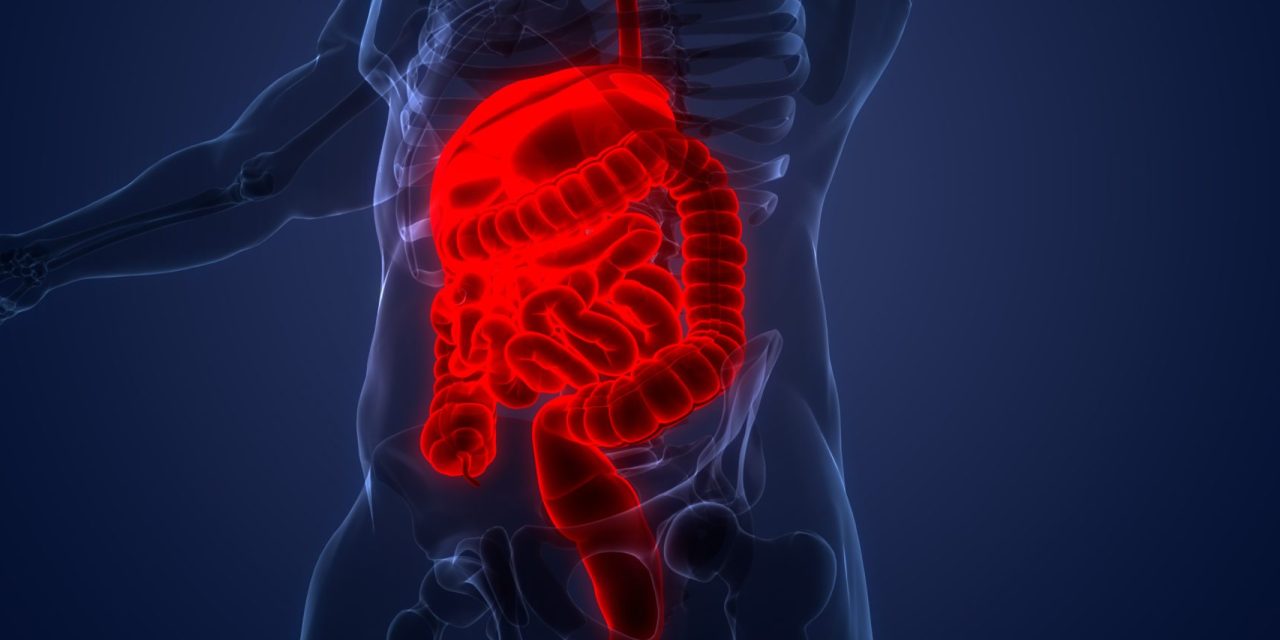The most frequent gastrointestinal polyps found in children are juvenile polyps (JPs). There is a scarcity of information distinguishing polyp burden groups as well as the existence and importance of neoplastic alterations. From 2003 to 2017, a retrospective chart evaluation of patients with nonsyndromic JPs aged newborn to 18 years was done. Basic demographics, age, clinical presentation, colonoscopy results, and pathology report were all abstracted. A pathologist examined slides of polyps with neoplasia.
About 326 operations and 435 polypectomies were performed on a total of 213 Patients. Patients having a positive family history, positive gene mutations, or a high number of polyps (greater than 10) were eliminated. Polyp number (1, 2–4, 5–10) was used to categorize the polyps. Polyp recurrence on subsequent colonoscopies was shown to be substantially associated with polyp load (1 polyp: 1.5%/2–4 polyps 19.2%/5–10 polyps 82.6%: P < 0.001). Polyp distribution differed considerably across groups, with solitary polyps favoring a distant distribution. JPs with adenomatous foci were seen in 26 (12%) patients.
JP recurrence is associated with polyp load in a favorable and substantial way. JPs had adenomatous alterations regardless of polyp quantity, indicating a malignant propensity in JPs. The occurrence of adenomatous transformation within JPs cannot be interpreted as a biomarker for syndromic juvenile polyposis in the absence of a consistent genotype or pedigree.
Reference:journals.lww.com/jpgn/Fulltext/2019/12000/Polyp_Characteristics_of_Nonsyndromic_and.9.aspx


